Rating and debating the first ever Hampton Downs 101
It’s been four days since the inaugural Hampton Downs 101 endurance event, and the motorsport world in these parts has already moved on to the next big meeting — this weekend’s ITM Auckland SuperSprint.
But the importance of the 101 cannot be underestimated. Voices everywhere are telling us that these GT3-spec cars are the future of mainstream Australasian motorsport. These are meant to be the future — the replacement to the so-called V8 ‘cookie-cutter dinosaurs’ of that ‘other’ series.
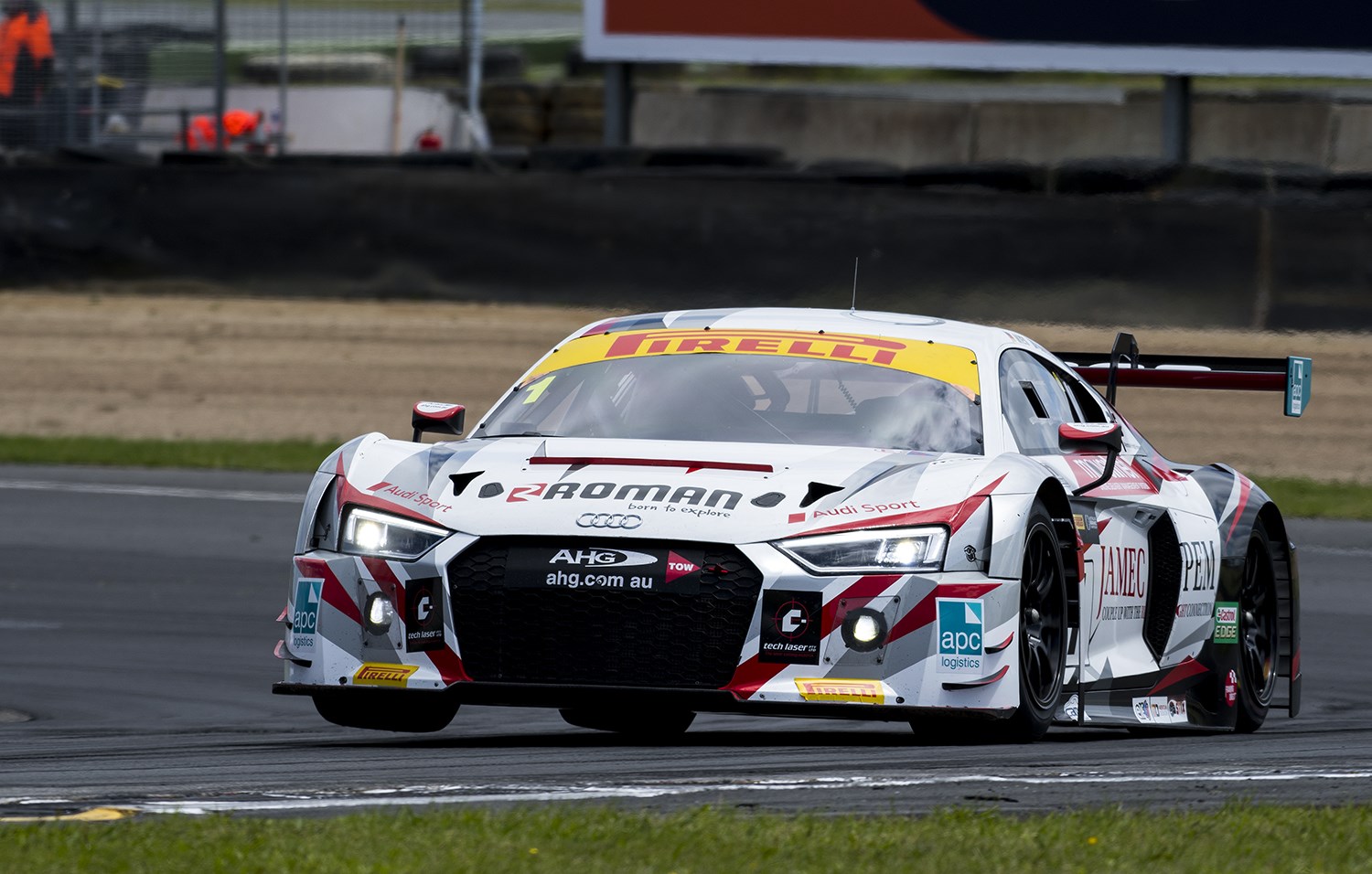
So how did they go? Did the 101 stake a claim to topple the Supercars in a straight one-on-one double-fister in the proverbial dark alleyway? Does the sport have a new king?
Well, nah. Not quite anyway.
I attended for three days photographing and writing for the NZ Herald and Driven, and there were plenty of things to like as well as a few things to grumble about.
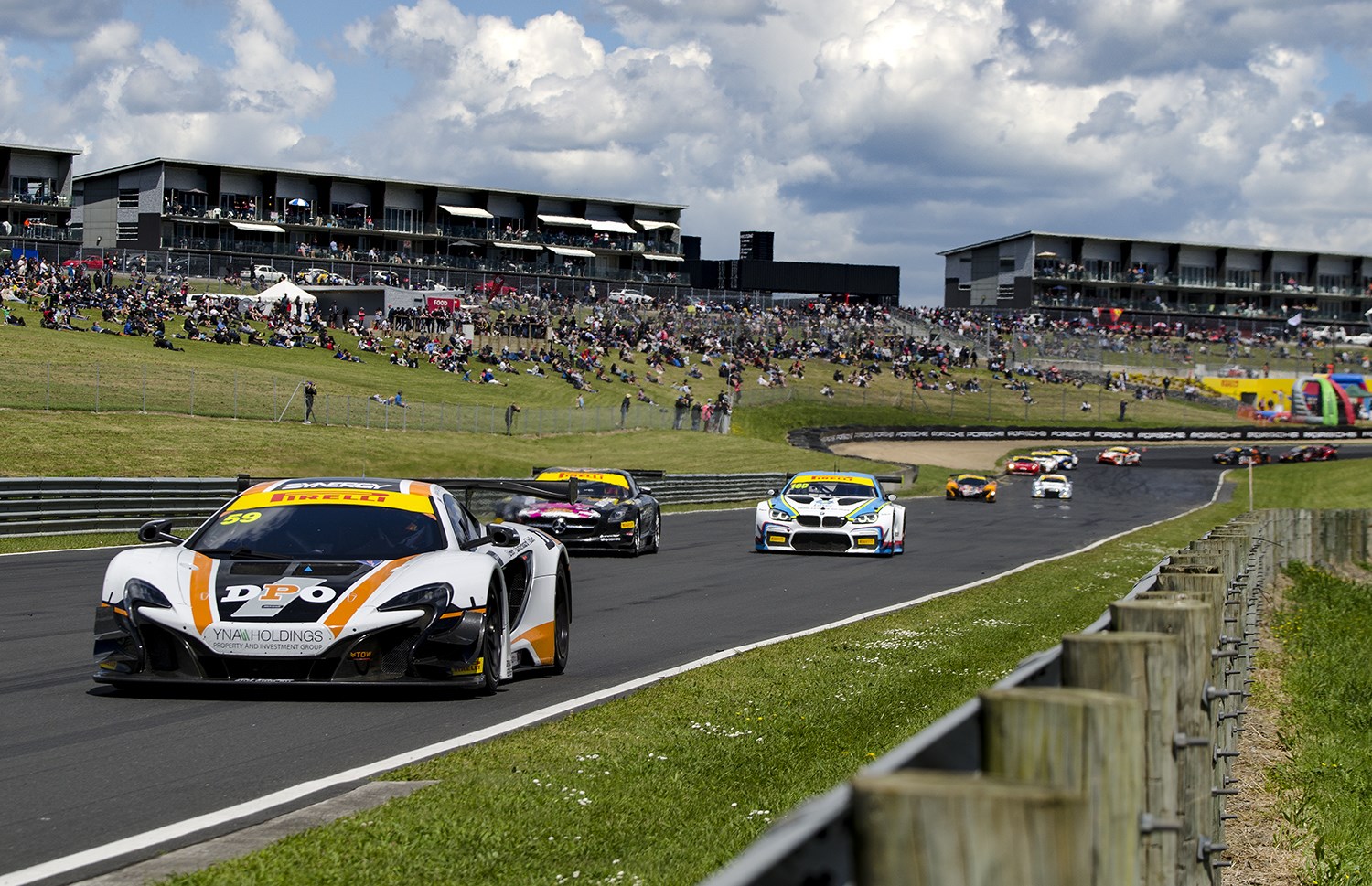
The most important element, above all else, was the crowd. And I’m quite happy to report that it was very healthy indeed.
Anecdotally the largest crowd Hampton Downs has ever seen since it was built is the supposed 25,000 who watched the first ever round of the V8 SuperTourers. Talking around to others who worked for the V8ST team at the time however, the number was closer to 12,000.
However, I’d like to think that I’ve attended every ‘major’ event at Hampton Downs since, and nothing’s ever come close to matching it — until last weekend.
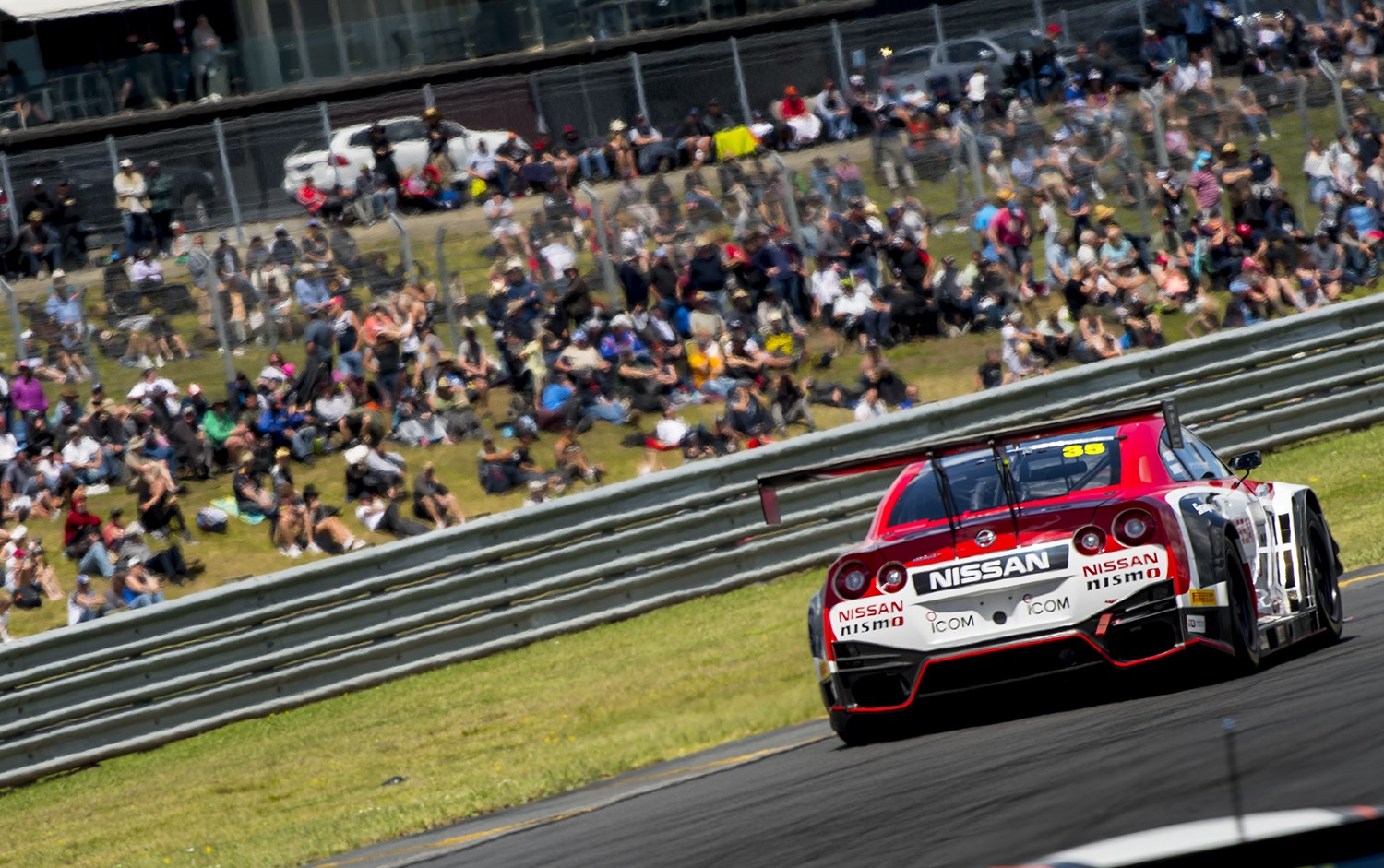
The number 20,000 has been thrown around in terms of weekend attendance, but I'm hesitant to buy it — happy to be proven wrong, but the crowd appeared less significant than the 12,000 that viewed the SuperTourers. Not knocking the organization; it was still an incredible crowd — one they should be proud of.
The people came in droves on both Saturday and Sunday, and were quite well spread out. Most gathered on the hill on the outside of Porsche Dipper or on the outside of the front straight, but people were also in places three or four deep towards the other end of the circuit overlooking the track extension.
In fact there were so many people that I overheard discussions about people having to bring in more food stands for the Sunday, which is something rarely ever said at any other domestic race event.
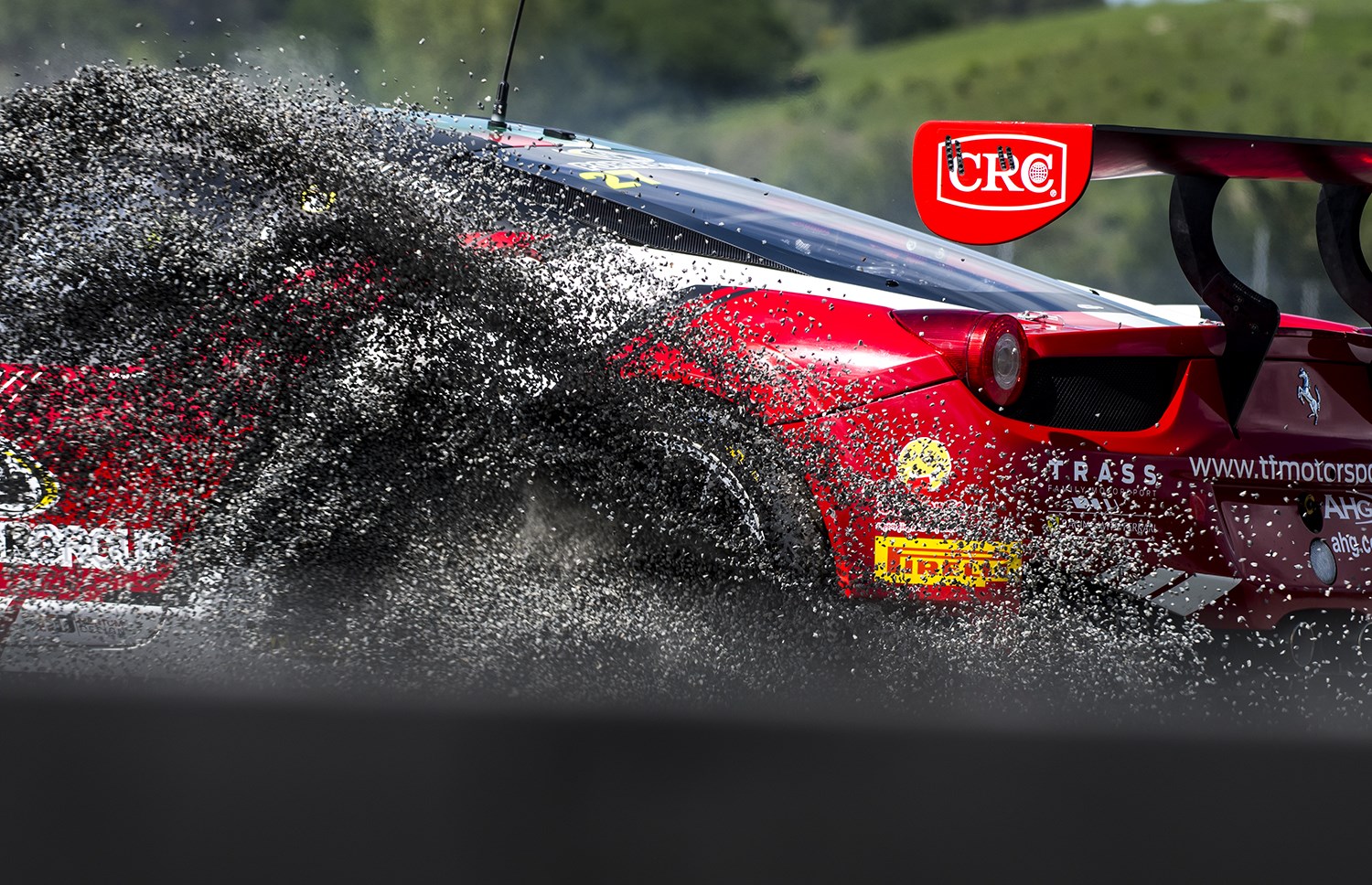
On the note of food, options were stellar. Even the typical hot chips and hot dog were of an improved quality — let alone the plethora of other options suitable for just about anyone. I had Pita Pit on Saturday, a Lebanese kebab on Sunday, and was more than content.
Playing devil’s advocate for a second, it should be noted that getting a large crowd to an inaugural event like the 101 should in theory be quite easy.
The product is flash and new, and therefore should be an attractive proposition to the average punter. The hard bit is when you have to convince that same punter to come back the next year, and the year after, and the year after …
The new circuit had its good and bad points. Sadly it’s a relatively follow-the-leader affair, as noted by young Richard Moore when I queried the Kiwi about it on the Friday afternoon.
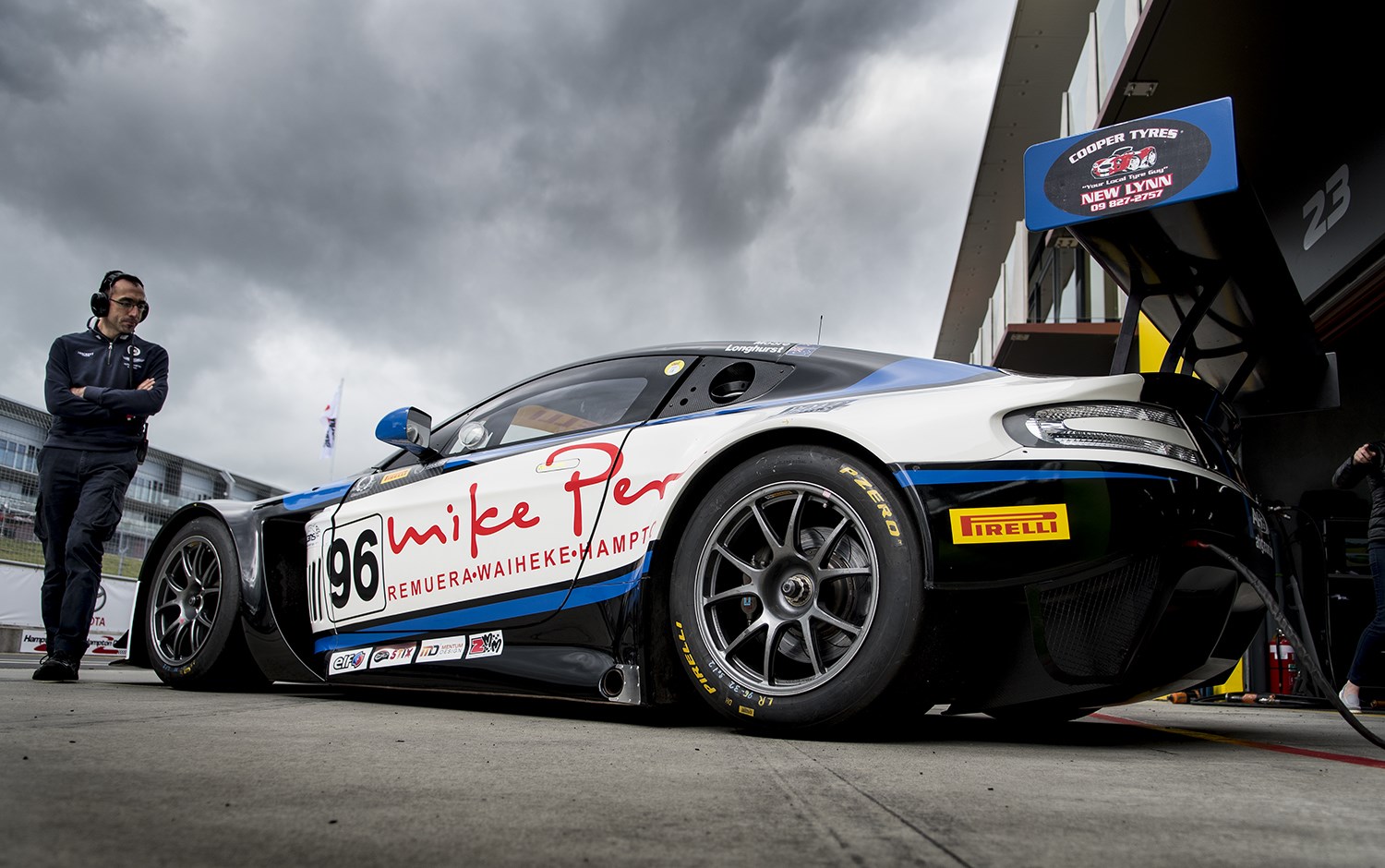
“It's tight and it’s technical. It's a lot of fun. You'll be able to pass into what is now turn two, but from there on it's pretty much going to be a procession. Which is a bit of a shame, but it's a really, really cool layout,” he said.
On a positive note though, it creates some excellent photo spots, and the growingly infamous ‘Double Bastard’ corner is the kind of curve ball a lot of modern racers rarely face. In the age of Herman Tilke–designed tracks, full of friendly corners and huge run-off areas, it’s nice to make drivers have to deal with a corner that looks like a complete train wreck.
And what of the racing? Well it wasn’t the typical rough and tumble that some spectators may have been hoping for judging by Driven’s own unscientific online poll.
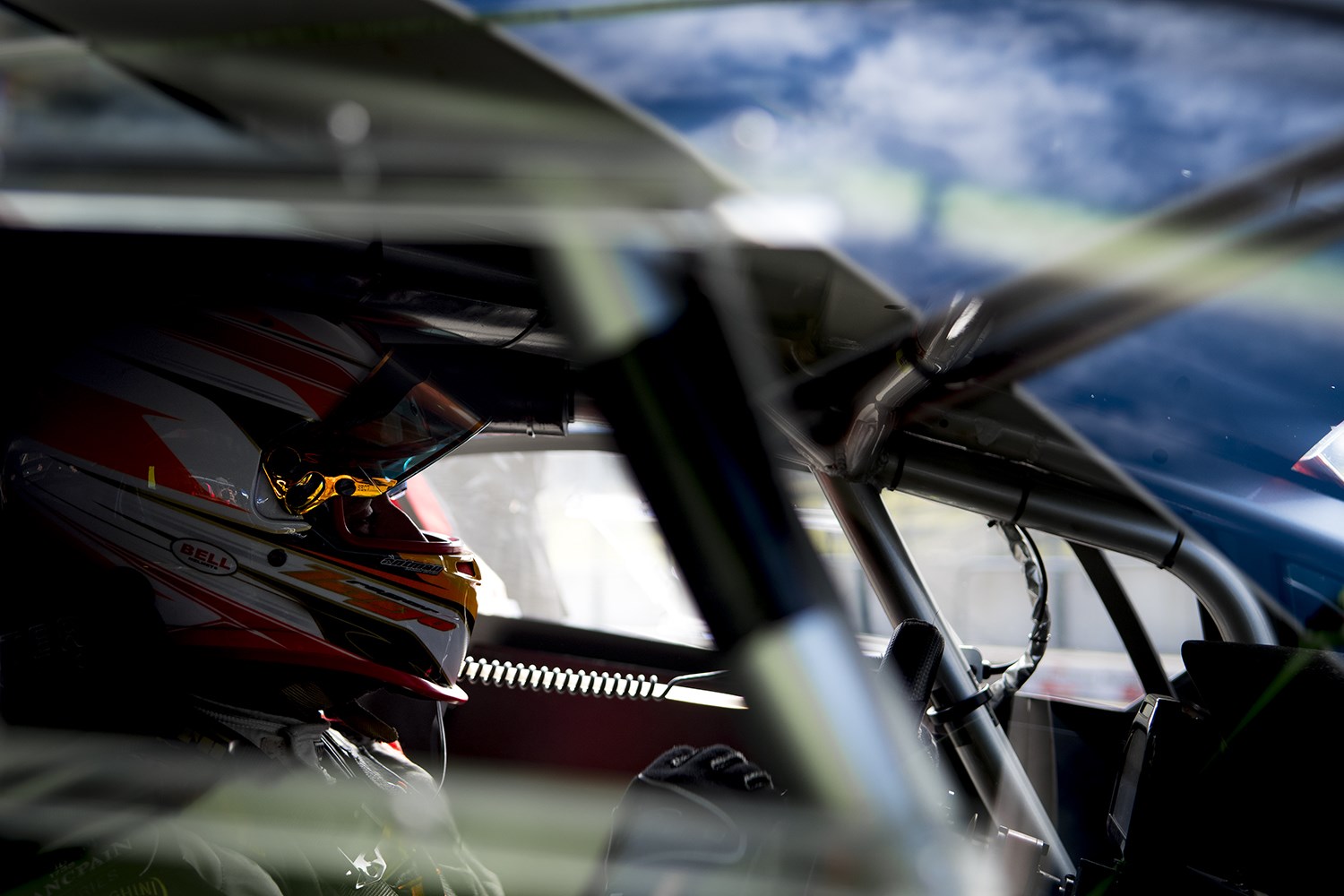
The beauty of the rivaling Supercars Championship is that passes can be performed with a spot of rubbing and swapped paint. GT racing however involves cars that are much more fragile, making bump and grind a cardinal no no.
As a result, the dynamic of the races change. And factor that into an endurance format, and you can understand why a portion of Sunday’s race was perhaps a little bit ‘follow the leader’.
The Australian GT Championship’s staggered pit-stop regulations ensured that there was a requisite amount of passing, as quicker cars got hobbled out of leading positions at each pit cycle. But for some that didn’t seem to be enough.
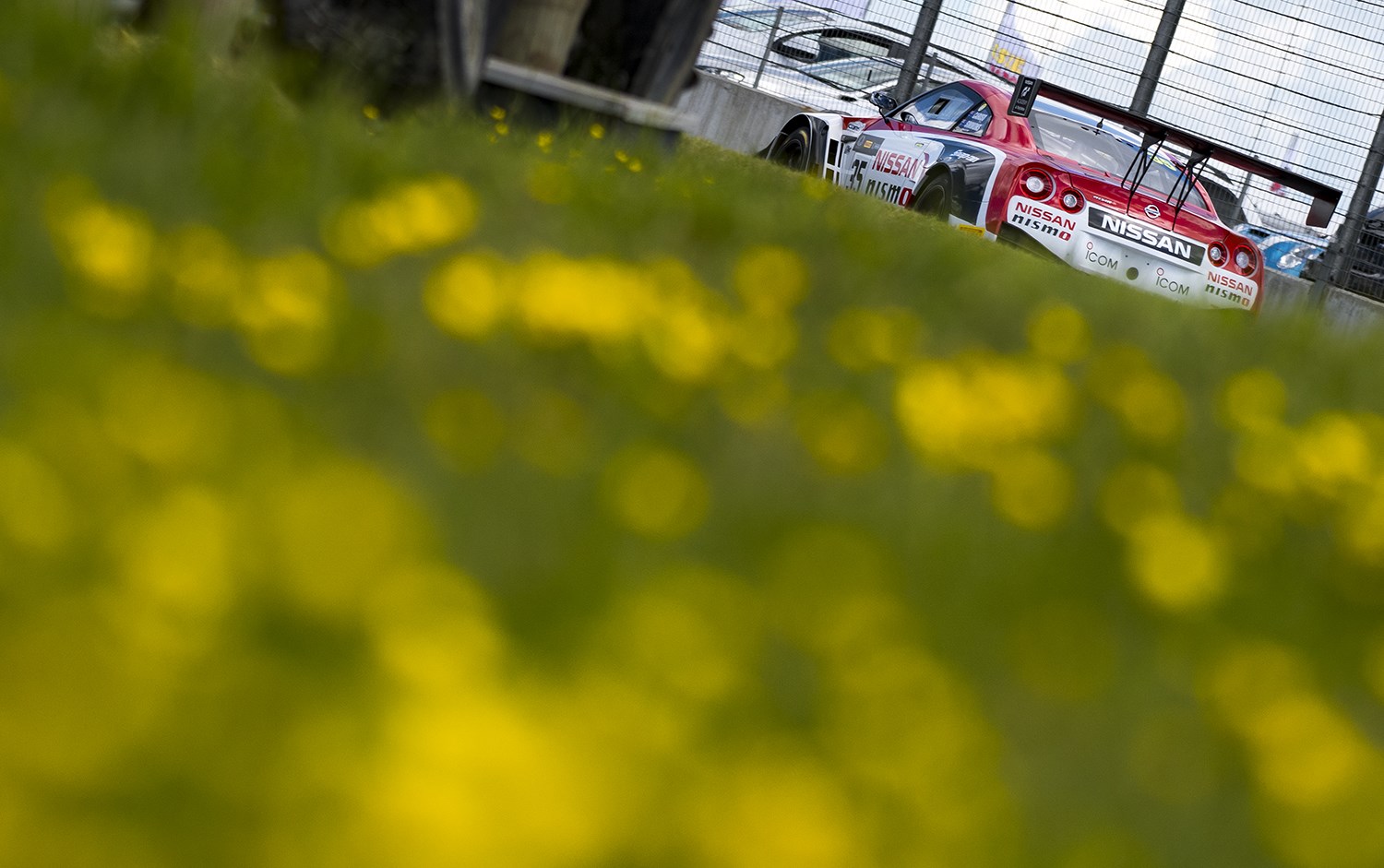
At the very least, there was drama. A potential fairy tale of epic proportions looked set to take place; little-known Aucklander Graeme Smyth looking set to stun the field and win for Maranello Motorsport in an antique Ferrari 458 GT3 with 10 laps to go. But a late safety car created some good old fashioned drama — as we reported earlier.
Smyth was devastated. But his loss was in a way a saving grace for the race — ensuring that the first Hampton Downs 101 was going to be remembered as a savage and unforgiving race.
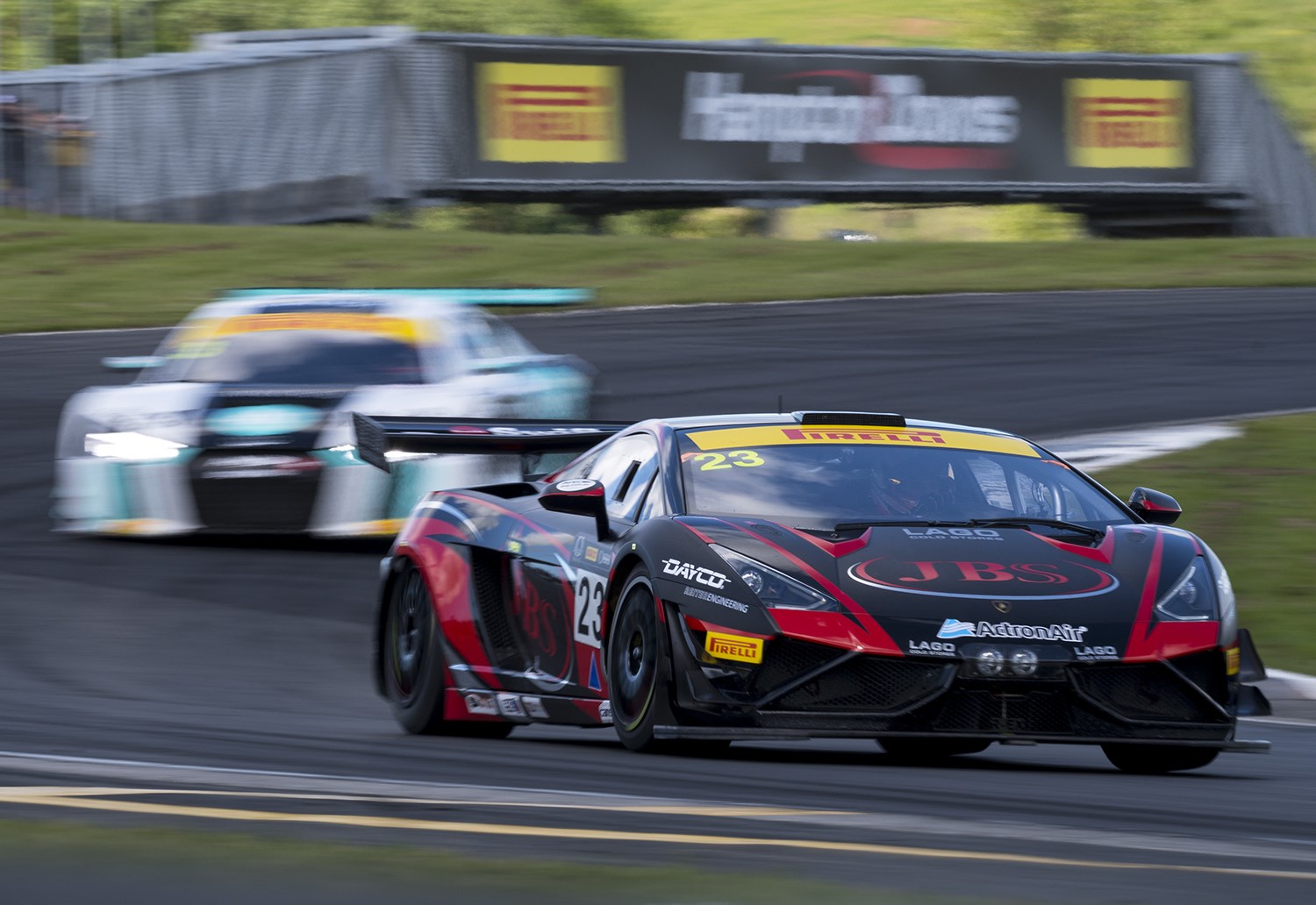
The problem was that while us in the media room — with our monitors and live timing, were able to follow proceedings with reasonable ability — the crowd weren't so lucky. If they had a radio and ear-phones tuned into the commentary, they were fine, but for the majority of others it was a struggle without the aid of a big screen.
I’m now interested to see what those at Hampton Downs do over the next 12 months to make things bigger and better for 2017. Time will tell whether our wee little country can sustain three marquee motorsport events in a single month.































